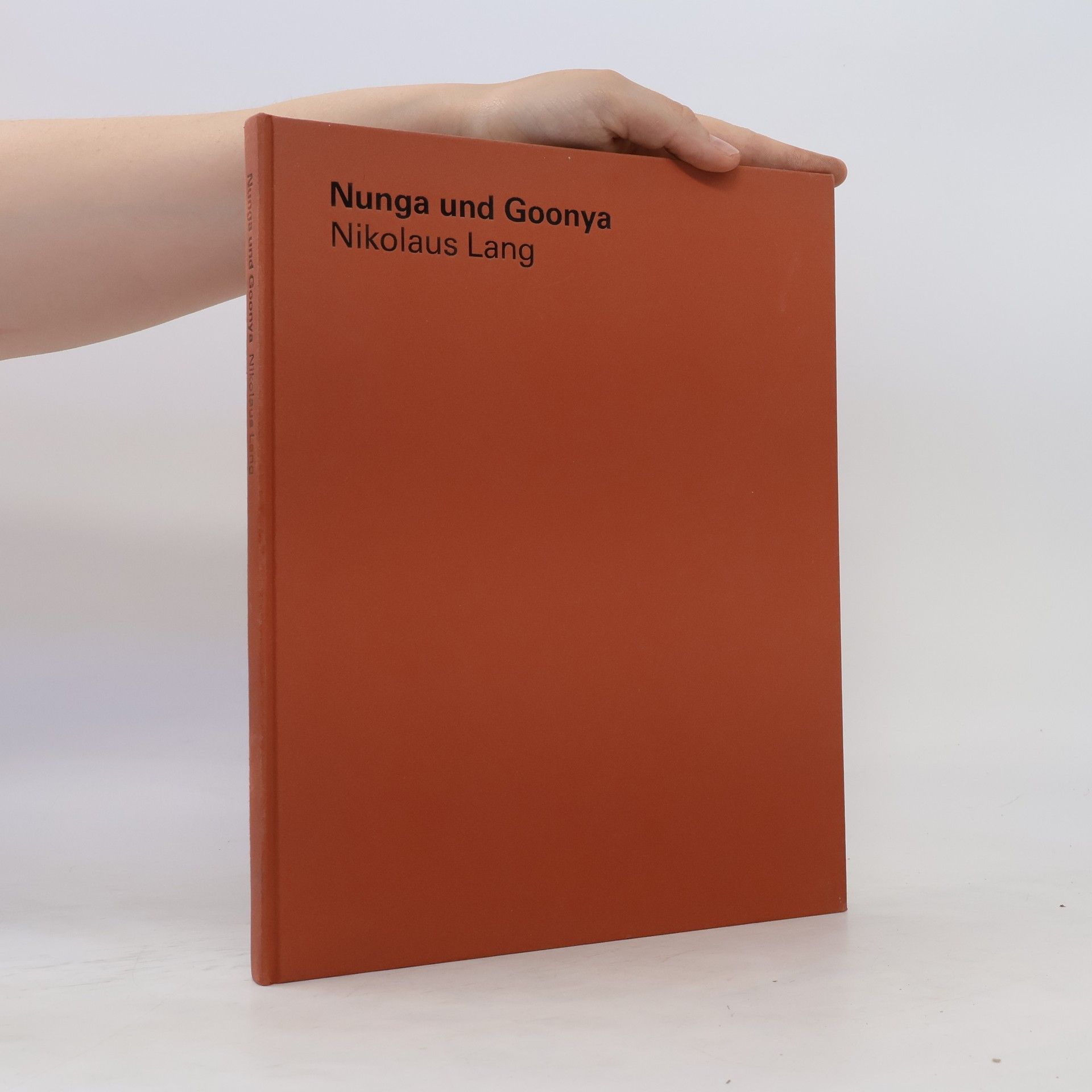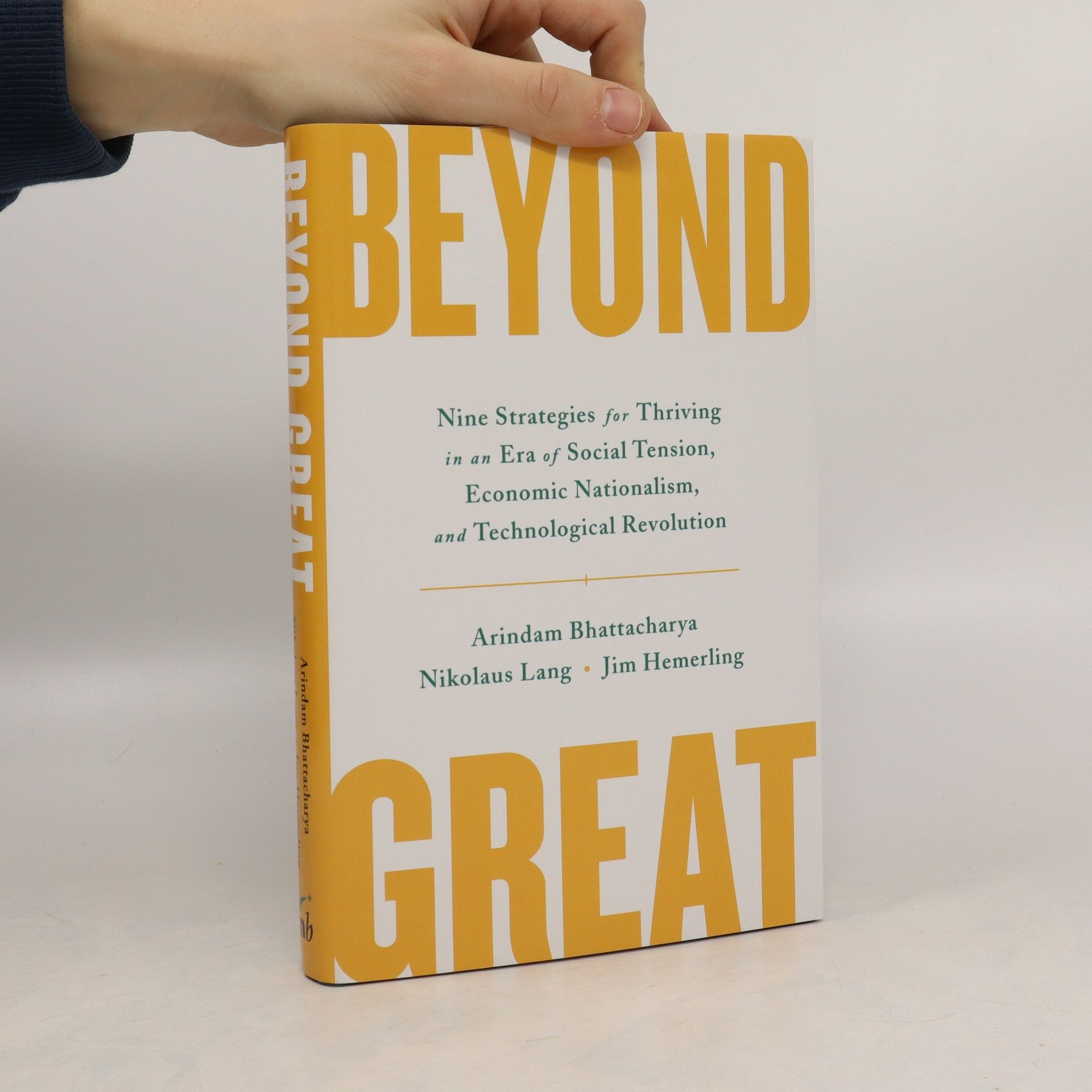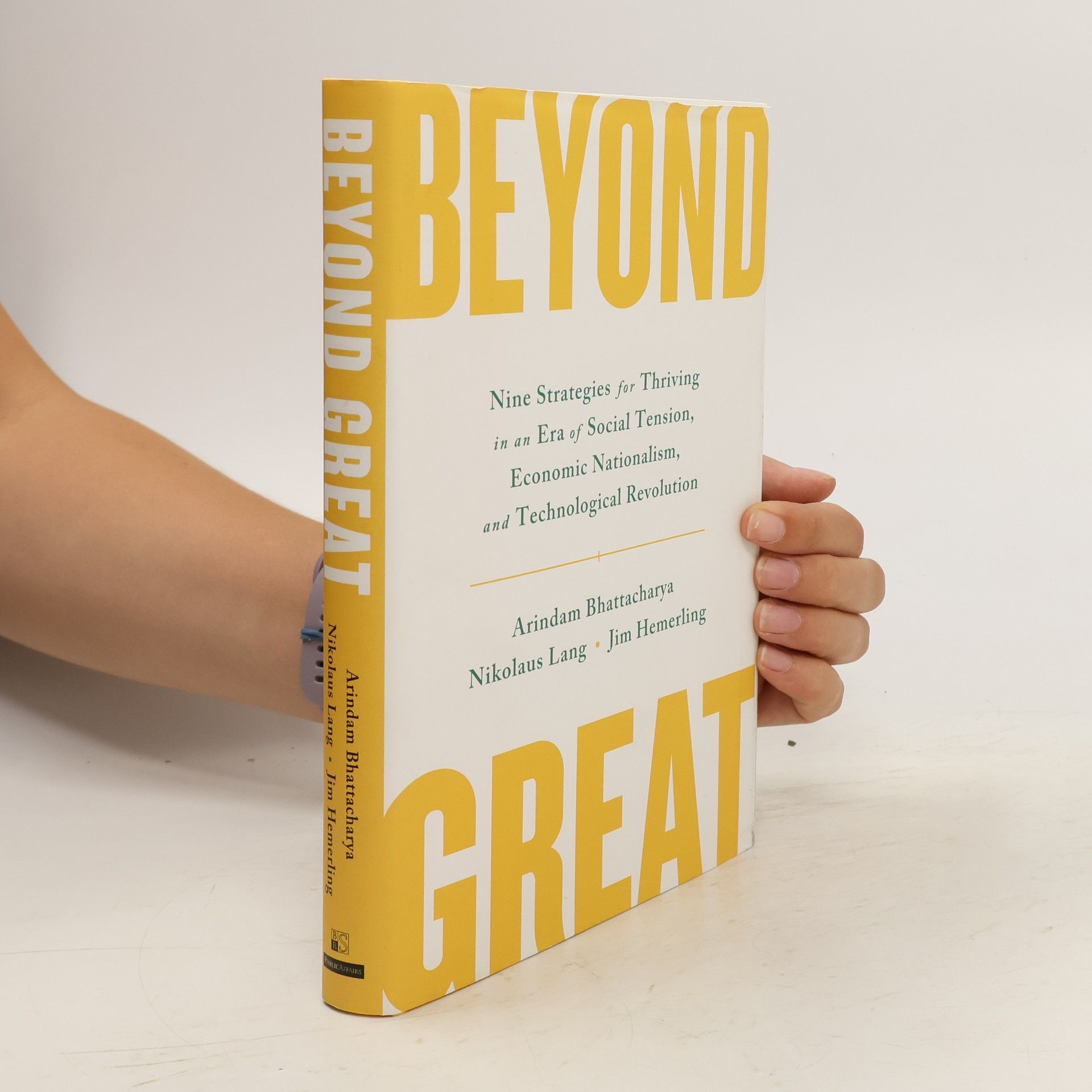"The nine core strategies that will help companies thrive in the face of new disruptive forces--by delivering winning value propositions to customers, building competitive and resilent operations and agile organizations, attracting quality digital talent, and improving the communities around them." -- inside front jacket flap
Nikolaus Lang Knihy




Beyond Great will give readers everywhere the strategies they need to navigate a daunting new era of technological, economic, and social change. Supported by years of research and hands-on consulting practice, it will present a comprehensive framework for building a high performing, adaptive, and socially responsible global company.The book begins by taking an incisive look at the disruptive forces transforming globalization, including economic nationalism; the boom in data flows and digital commerce; the rise of China; heightened public concerns about capitalism and the environment; and the emergence of borderless communities of digitally connected consumers. The authors then offer nine core strategies that will help businesses today address and exploit these forces.Through compelling stories from real companies that have used these strategies to make change, Beyond Great argues that leaders today must evince a new kind of flexibility and light-footedness, constantly layering in new strategies and operational norms atop existing ones to allow for "always-on" transformation. Leaders must master a whole new set of rules about what it takes to be "global," becoming shapeshifters adept at handling contradiction, multiplicity, and nuance. This book will show them how.
For the past four decades, a quiet but remarkably resilient strand of activity in contemporary art has been evident - that of artists who have largely turned their back on the city to embrace the context and inspiration offered by the natural environment, though in a spirit quite distinct from the tradition of landscape painting. Song of the Earth showcases the work of six important contemporary artists who work in the landscape and make use of the materials and processes of nature. Their methods favour observation, collecting and forms of manipulation that are more reflective than intrusive, setting them firmly apart from artists of the American Land Art movement working over the same period. Herman de Vries, Chris Drury, Ian Hamilton Finlay, Nikolaus Lang, Richard Long and Giuseppe Pennone do not belong to a particular school, but they are united in their empathy for nature and their decision to work outside the urban contexts of much modernist art. Interviews with the artists, conducted by William Furlong, reveal both widely differing motivations in their approaches to their work and striking similarities in their underlying concerns, and sometimes, methods of working. The introductory essay by Mel Gooding places these artists in both historical and contemporary contexts, as well as discussing other artists including Josef Beuys, Sjoerd Buisman, Hamish Fulton, Andy Goldsworthy and David Nash. Song of the Earth fills a significant need for more information about a field of contemporary art that enjoys an impressively warm response when it is seen, but whose character and sometimes remote location can make it inaccessible to the public gaze. This richly illustrated book is essential reading for anyone interested in contemporary European art and will delight all those who are drawn to the natural environment.
Kat. Ausst. Kunstraum München, Städtische Galerie im Lenbachhaus München, Kunsthalle Bremen, Stadtgalerie Saarbrücken, Institut für Auslandbeziehungen Stuttgart, Daedalus Wien. München: Kunstraum München / Städtische Galerie im Lenbachhaus, 1991. Texte von Helmut Friedel, Nikolaus Lang, Celia Lang, Günter Metken, Bernice Murphy, Christine Tacke, Siegried Salzmann. Werkverzeichnis 1986–1989 von Nikolaus Lang (dt. und engl.). 144 Seiten, 109 Abb., davon 102 in Farbe. 28,6 x 22 cm. Hardcover. ISBN 978-3-923874-69-9 (3-923874-69-3)